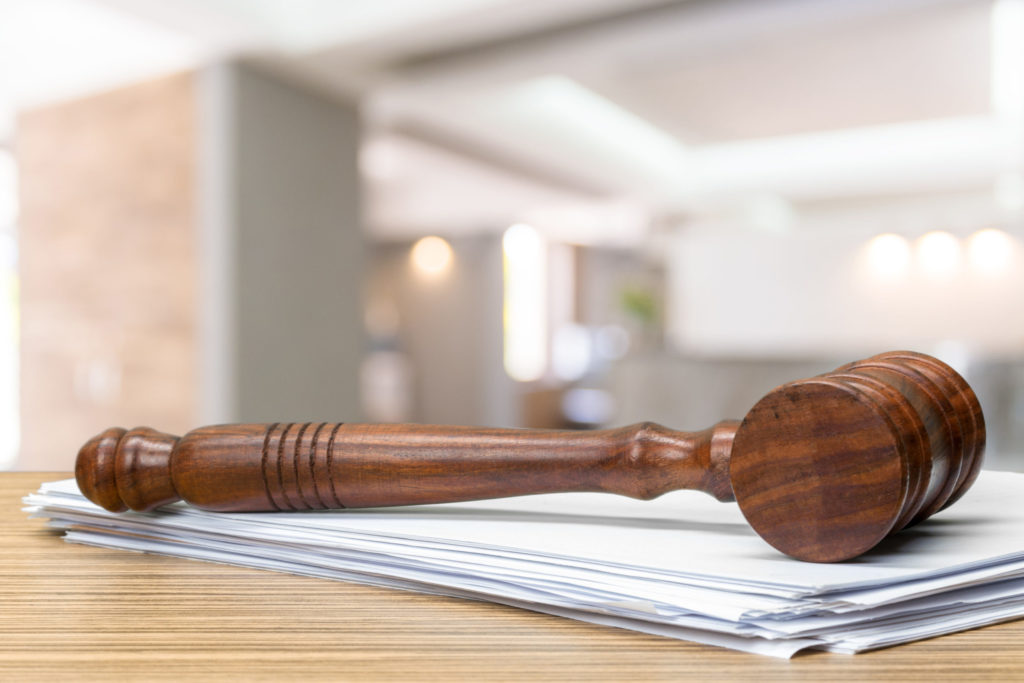In the United States and Canada, we’re lucky to have two of the best justice systems in the world. Our countries have constitutions that uphold the rule of law and certain inalienable rights, and we have courts that make critical and impartial decisions concerning those rights.
Even though our systems are great, they’re not perfect. Sometimes, to get justice, people have to take their cases to the highest court in the land: the Supreme Court. So, what does it take to get a case before the Supreme Court? Continue reading to learn the steps for getting a case to the highest court in the land.
There are different ways trials can make it to the Supreme Court.
There are three ways cases make it before the Supreme Court. The most common way for a case to head there is to file an appeal of a circuit court decision. From there, your case moves to the court of appeals or federal district court. To appeal a decision of the federal circuit court, you must file a writ of certiorari.
The second most common way cases make it before the Supreme Court is to appeal the decision of the state Supreme Court. Finally, the least common way is for the court to claim original jurisdiction for a particular case, but these are rare and involve disputes between states and public officials.
The court doesn’t hear every case.
There’s a high bar for getting a case before the Supreme Court. There were a lot of people thinking the mounting E-cig lawsuits would make it there. However, after the state of North Carolina had success in their case against Juul, it appears litigation won’t go past the federal courts.
Indeed, the vast majority of petitions for writ of certiorari are unsuccessful. The court receives over 8,000 petitions a year, and they typically hear fewer than 200. If the court declines to hear a case, then the previous court’s decision stands.
The next step is to file briefs.
If your petition is successful, the court will give your special legal advisor a certain amount of time to prepare a brief stating your case. This brief should be 50 pages or less. Next, the respondent prepares a brief. Following the filing of the initial briefs, the two parties can write briefs responding to the other party’s filings.
If the federal government is involved in the case (or is uninvolved but interested), then the attorney general will write a brief on behalf of the government. Malliha Wilson was the first visible minority to serve as the assistant deputy attorney general and has experience working on briefs for the federal government.
Each litigant gives their oral argument.
Cases that receive a plenary review come before the court for oral arguments. However, the “oral arguments” are much more like Q&A sessions with the justices rather than litigation. The oral arguments provide the justices the opportunity to ask questions that arose while reading the briefs. They decide the merits of the case based on the briefs and their questions.
The Supreme Court is the highest and most powerful court in the United States, and getting a case to that platform is an uphill battle. It’s the court that sets the standard for the rule of law. Furthermore, it’s been at the forefront of many of the most notable cases of all time, including various human rights, labour law, and constitutional rights cases.
Of course, there are three ways by which a case may advance to the highest court in the land, and the most popular by far is appealing a decision of a federal district court. If you decide to appeal a federal district court decision, you must file a petition for writ of certiorari. If the Supreme Court justices grant your petition, the next step is writing and filing briefs. Finally, the litigator who filed the petition brings the case before the court. Taking a case before the country’s highest court is no small task, but sometimes, it’s the only way to get justice.

